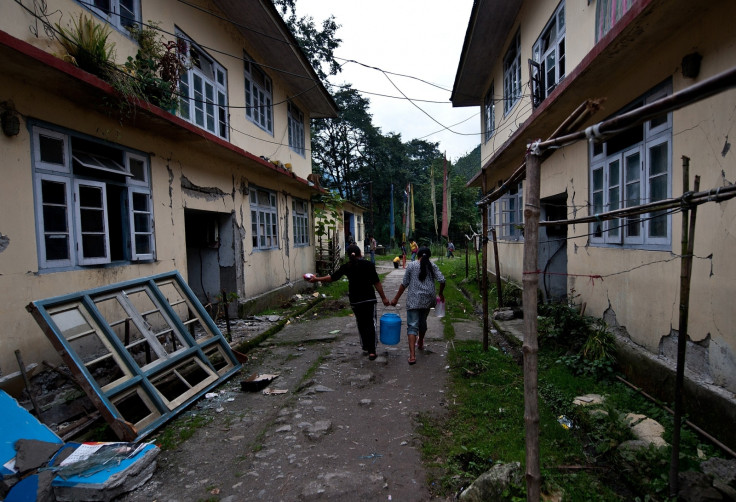India: Solar Power Could 'Turn Saltwater Drinkable in Rural Communities' According to New MIT Research

A new technology involving solar power could turn undrinkable salty water into enough clean, palatable drinking water to supply the needs of an entire Indian village, according to new research.
Around the world, there is more salty groundwater than fresh, drinkable groundwater. Approximately 60% of India is underlain by salty water and much of that area is not served by an electric grid that could run conventional reverse-osmosis desalination plants.
However, an analysis by researchers from the Massachusetts Institute of Technology, shows a different desalination technology called electrodialysis, powered by solar panels, could resolve the problem.
"When we put all these pieces of the puzzle together, it pointed very strongly to electrodialysis," said researcher Amos Winter.
Although moderately salty water is not directly toxic, it can have long-term effects on health and its unpleasant taste can cause people to turn to other, dirtier water sources.
"It's a big issue in the water-supply community," explained researcher Natasha Winter.
What is Electrodialysis?
It works by passing a stream of water between two electrodes with opposite charges.
Because the salt dissolved in water consists of positive and negative ions, the electrodes pull the ions out of the water, leaving fresher water at the center of the flow. A series of membranes separate the freshwater stream from increasingly salty ones.
Both electrodialysis and reverse osmosis require the use of membranes, but those in an electrodialysis system are exposed to lower pressures and can be cleared of salt build-up simply by reversing the electrical polarity. That means the expensive membranes should last much longer and require less maintenance.
Expanding access to safe water
By pairing village-scale electrodialysis systems with a simple set of solar panels and a battery system to store the produced energy, Wright and Winter concluded, an economically viable and culturally acceptable system could supply enough water to meet the needs of a village of 2,000 to 5,000 people.
Many homes in India currently use individual, home-based filtration systems to treat their water. Yet, after consulting with non-governmental organisations, the researchers concluded that village-scale systems would be more effective.
Most organisations working to improve clean-water access focus their attention on controlling known pathogens and toxins such as arsenic but the study shows the importance of what water tastes, smells and looks like.
Even if the water is technically safe to drink, that doesn't solve the problem if people refuse to drink it because of the salty taste.
Wright and Winter plan to put together a working prototype for field evaluations in India in January.
The study appears in the journal Desalination.
© Copyright IBTimes 2025. All rights reserved.






















